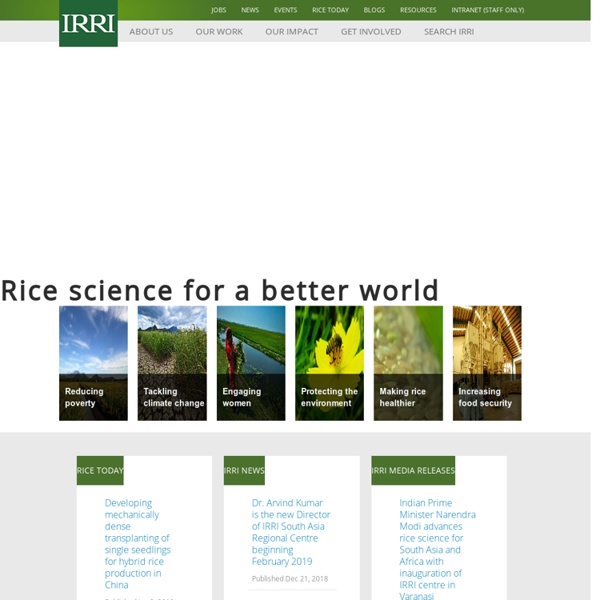



SABRAO International Dairy Foods Association | International Dairy Foods Association Central information website for the global seed industry New Delhi, India September 14, 2010 Farmers cultivating rice on 12 million hectares of flood-prone areas in India are planting flood-tolerant rice varieties at unprecedented rates, thanks to faster seed multiplication, targeted dissemination, and linking of partners. Dr. Field-testing a rice variety normally takes 4–5 years before it is released and another 2–3 years before it reaches farmers. IRRI, celebrating its 50th year of conducting rice research, has been working with India's national and state governments, nonprofit organizations, farmers' organizations, research institutions, and public and private seed companies to promote Swarna-Sub1, a flood-tolerant version of the widely grown Swarna variety. Even before the seeds are released, different research institutions are already multiplying these seeds,” Dr. Under submergence, Swarna-Sub1 provides a yield advantage of about one ton per hectare over Swarna,” Dr.
Genetic Engineering & Biotechnology News - Biotech from Bench to Business | GEN International Dairy Federation Welcome Annual Letter 2012 Given the central role that food plays in human welfare and national stability, it is shocking—not to mention short-sighted and potentially dangerous—how little money is spent on agricultural research. In total, only $3 billion per year is spent on researching the seven most important crops. This includes $1.5 billion spent by countries, $1.2 billion by private companies, and $300 million by an agency called the Consultative Group on International Agricultural Research (CGIAR). Even though the CGIAR money is only 10 percent of the spending, it is critical because it focuses on the needs of poor countries. Very little of the country and private spending goes toward the priorities of small farmers in Africa or South Asia. This shortage of funds for research is particularly worrying because of the increasing prevalence of plant diseases, such as those destroying Christina Mwinjipe’s cassava plants. Now the process is quite different.
Agriculture Corner SUSTAINABLE FOOD CENTER | Austin, Texas Swarna Sub1: flood resistant rice variety In Tamil Nadu every year, out of the 15 lakh hectares (ha) of rice cultivated during samba season an area of 3 to 5 lakh hectares gets affected by flood during the North East monsoon. In particular, the flood-prone tail-end areas of delta districts and some of the coastal districts like Thiruvarur and Nagapattinam are often affected due to flood, and as a result very low rice production and productivity is recorded. Water stagnation Even though many high yielding improved rice varieties are available for cultivation, they suffer due to floods and continuous water stagnation. If the stagnation of flood water remains for more than a week, the present day varieties are unable to tolerate and thereby yield levels are drastically affected. Natural phenomena As this natural phenomenon is beyond human control, to overcome this problem, TNAU, Coimbatore has introduced Swarna Sub1, a rice variety that can resist floods and therefore will be a boon to these areas. Submergence tolerance